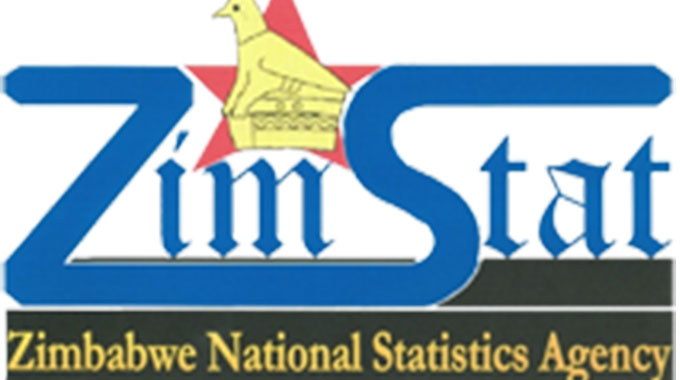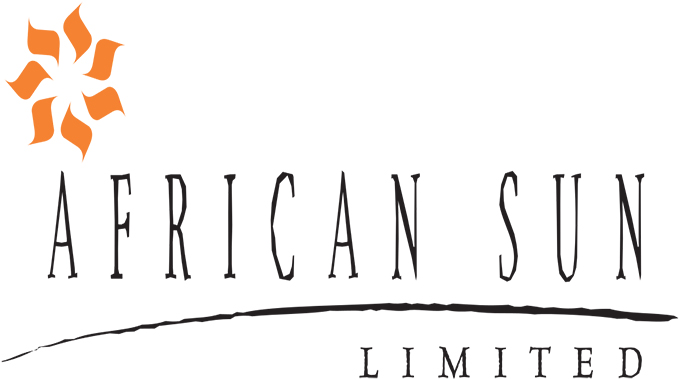Exports increase by 35,5 percent

Oliver Kazunga, Senior Business Reporter
THE value of exports from Zimbabwe increased by 35,5 percent in the first six months of the year to US$2,52 billion compared to US$1,86 billion in the corresponding period last year, official data show.
The growth in exports, however, was not enough to offset the ballooning import bill that stood at US$3,02 billion in the first half of this year, giving a trade deficit of US$496,1 million compared to US$432,9 million in the corresponding period last year.
The Zimbabwe National Statistics Agency (Zimstat) indicated in its external trade statistics monthly summary for June, that the value of imports has continued to outstrip the value of exports.
The first half of last year saw Zimbabwe’s value of imports totalling US$2,30 billion.
“In order to strengthen the country’s export earning capacity, it is vital to look closely at export drivers,” said the agency.
“June 2021 data shows that Zimbabwe’s main exports were semi-manufactured gold 28,2 percent, nickel mattes including platinum group of minerals (PGMs) 23,2 percent, nickel ores and concentrates 20,4 percent, platinum unwrought or in powder form 3,9 percent and tobacco 3,6 percent,” said Zimstat.
The agency also noted that major minerals produced in the country such as nickel concentrates and nickel mattes were exported in a semi-processed form, while nickel ores (including PGMs) are exported in a raw form.
Zimbabwe’s major imports were in the machinery and mechanical appliances category, which stood at 13,5 percent in June this year.
“This was followed by mineral fuels, mineral oils product category at 11,2 percent in June compared to 12,5 percent in May 2021.
“Cereal imports including maize continuously dropped from a peak of 9,1 percent in February 2021 to 5,6 percent in May and 4,1 percent in June 2021,” said Zimstat.
This year, maize imports rose from 5,7 percent in January to 7,1 percent in February before declining to 1,9 percent in May, and further to 0, 03 percent in June.
Other major imports in June this year included fertilisers (10,6 percent), vehicles (7,5 percent), animal and vegetable fats (5 percent) and pharmaceutical products including vaccines (4,3 percent).
“Notably, the major imports in Zimbabwe were aggregated to reach 90,8 percent in June 2021,” said the agency.
Since dollarisation, Zimbabwe has not achieved any annual trade surplus, but achieved the narrowest gap in 2017 on the back of increased import controls and forex rationing, which was coupled with propagation of local industry support measures.
In 2011, trade deficit amounted to US$5 billion, which was the worst since dollarisation.
The Government has, however, pledged to work closely with the private sector continue working towards reducing the deficit through promoting import substitution policies.
Riding on the ongoing doing business reform programme and guided by the National Development Strategy (NDS1:2021-2025), Zimbabwe is set to increase the drive towards value addition and beneficiation.
The strategy is expected to scale up import substitution and enhance production of more value-added exports into the region and beyond. — @okazunga








Comments